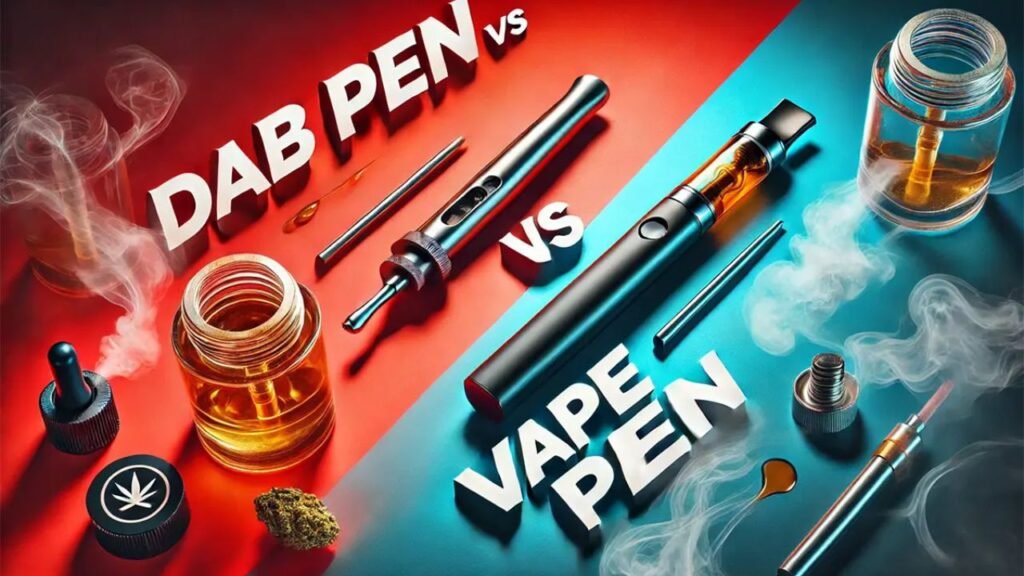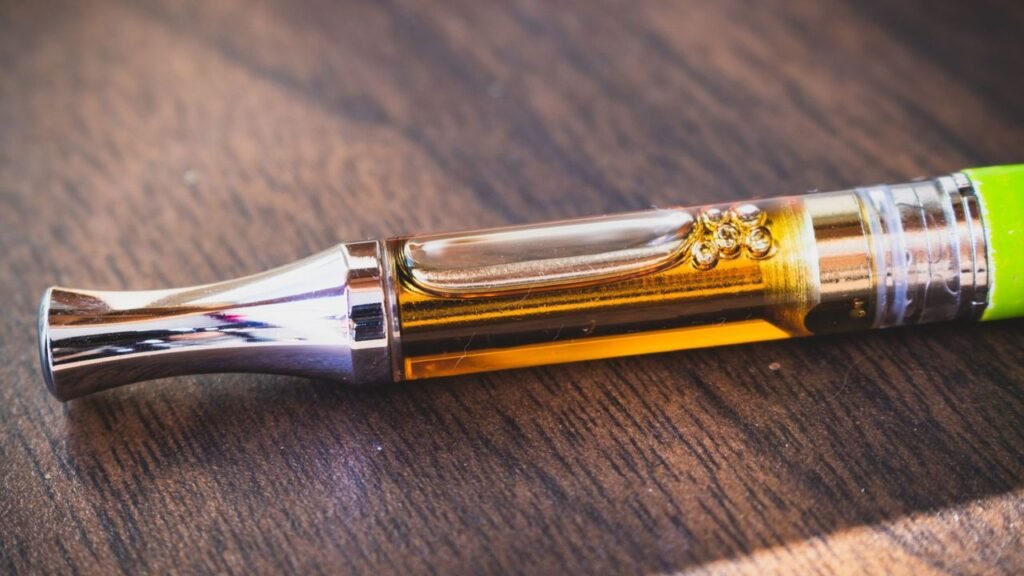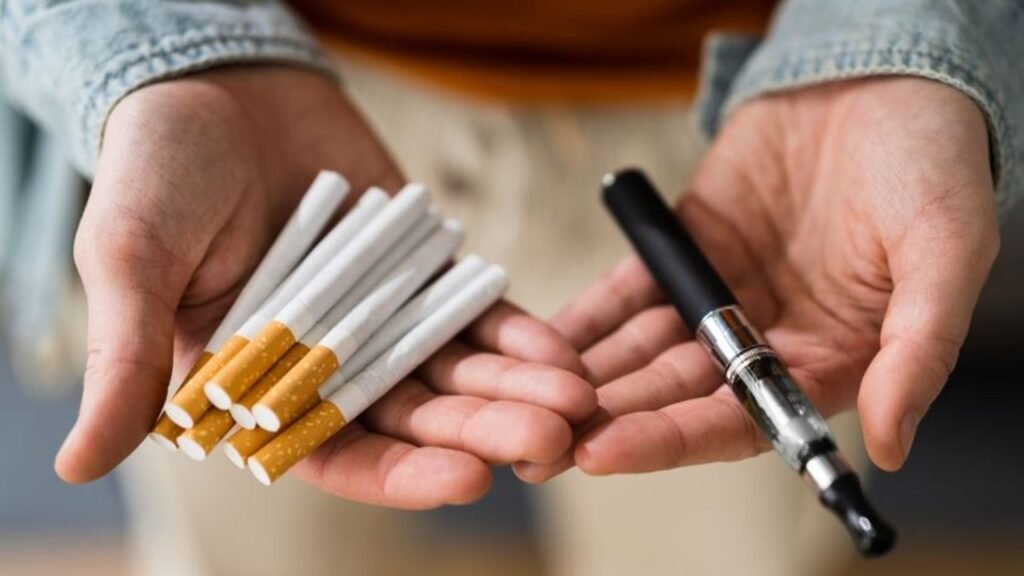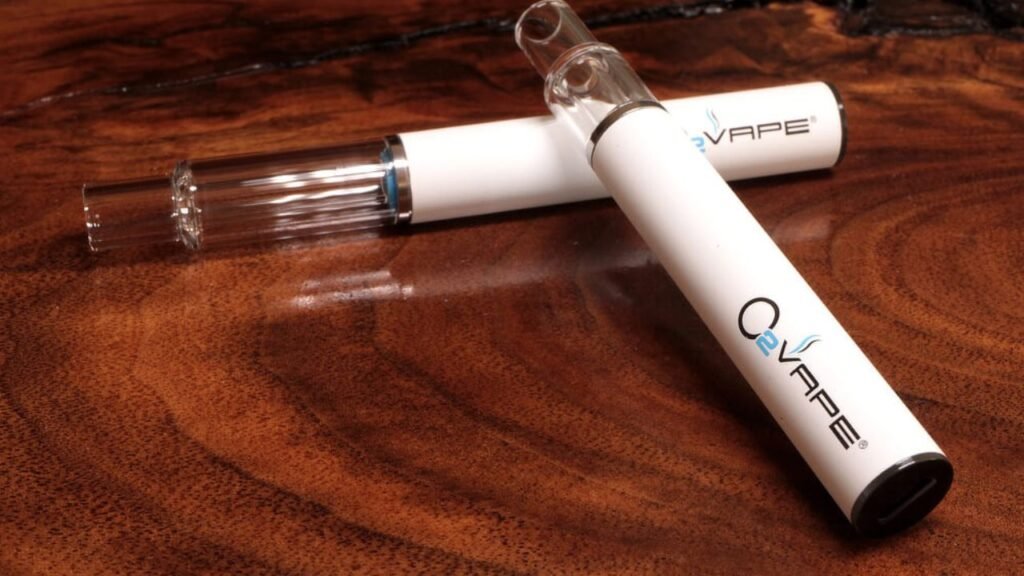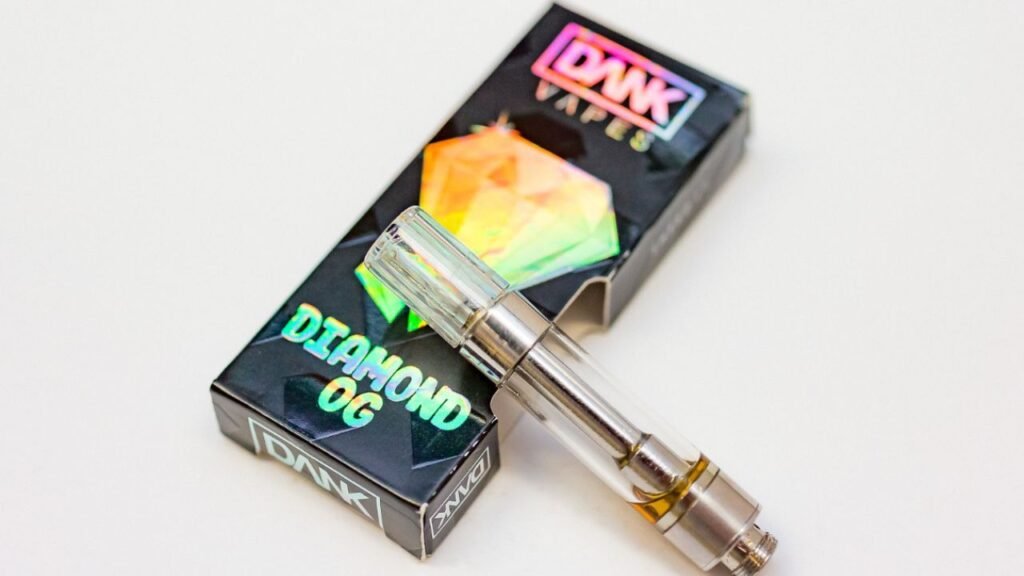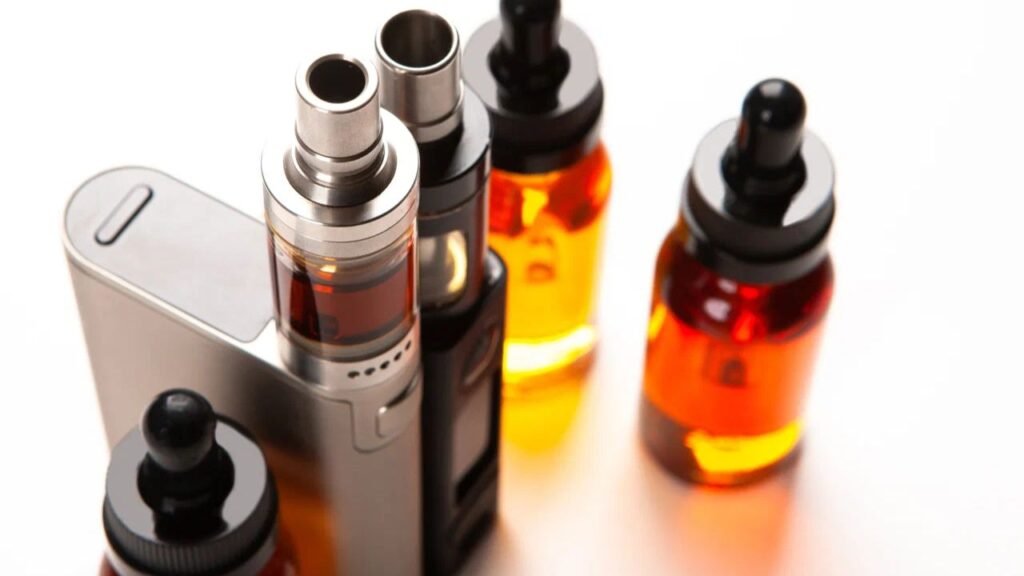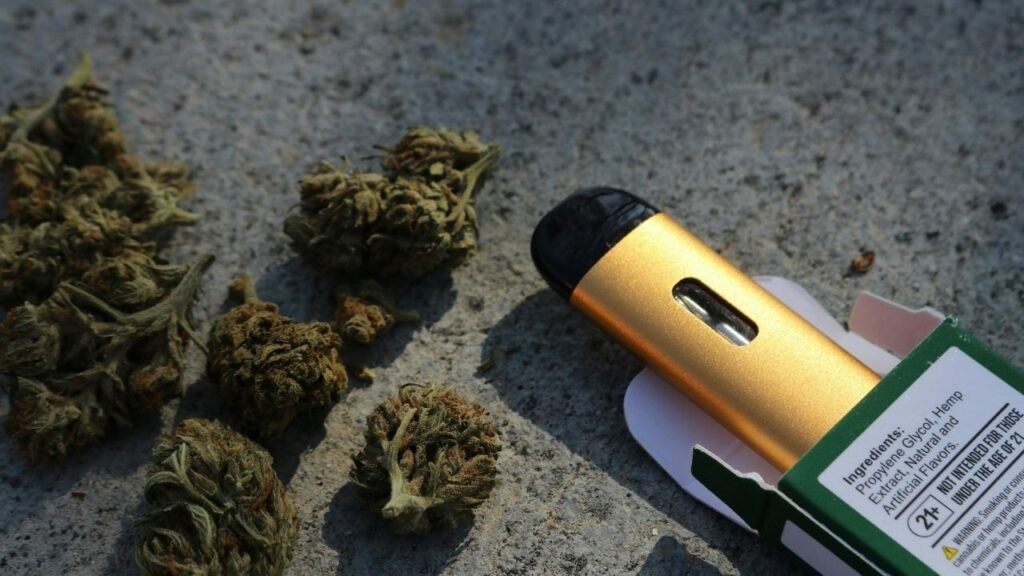What Are the Different Types of Vape Atomizers?

Different Types of Vape Atomizers. A vape atomizer is the essential component in any vaping device, responsible for heating the e-liquid and turning it into vapor. It typically consists of a coil and a wick that absorbs the liquid. When powered, the coil heats up, vaporizing the e-liquid for inhalation. Without a properly functioning atomizer, a vape pen or mod cannot produce vapor effectively.
Atomizers play a crucial role in the vaping experience. They influence the flavor, vapor production, and overall satisfaction users get from their device. Different types of atomizers cater to various preferences, from mouth-to-lung hits to direct lung inhales. Understanding how atomizers work and their variations helps vapers choose the best setup for their needs. This blog post will explore what vape atomizers are, why they matter, the different types available, Different Types of Vape Atomizers and maintenance tips. By the end, readers will have a clear grasp of atomizers and how to optimize their vaping experience.
What is an Atomizer?
An atomizer is a key part of a vaping device that transforms e-liquid into vapor. The term “atomizer” comes from its function: it “atomizes” the liquid, breaking it down into tiny particles or vapor that can be inhaled. In simple terms, it’s the heating element inside a vape that makes the magic happen.
The atomizer’s role in a vape device is vital. When you press the fire button or inhale, the atomizer heats the coil inside it. The coil is wrapped around a wick, usually made of cotton or another absorbent material, which soaks up the e-liquid from the tank or cartridge. As the coil heats, it vaporizes the liquid absorbed in the wick, producing the vapor that carries the flavor and nicotine or cannabinoids.
An atomizer generally consists of several components: the coil, the wick, the housing or casing, and electrical connectors. The coil is usually made from resistance wire such as Kanthal, nickel, or stainless steel. The wick feeds e-liquid to the coil continuously. The housing keeps everything in place and connects to the battery. Together, these parts work in harmony to create a smooth, flavorful vaping experience.
How Atomizers Work
An atomizer is the heart of a vape device, responsible for turning e-liquid into vapor through a process called vaporization. When the vape is activated, electricity flows from the battery to the atomizer’s coil, a thin wire wrapped around a wick made of cotton or another absorbent material. This coil heats up rapidly, Different Types of Vape Atomizers reaching a temperature high enough to vaporize the e-liquid soaked in the wick.
The interaction between the coil and e-liquid is crucial. The wick draws e-liquid from the tank or reservoir through capillary action, keeping the coil saturated. When the coil heats, it instantly vaporizes the e-liquid, creating a thick, inhalable vapor. If the wick is dry or the coil overheats, it can cause a burnt taste or damage to the atomizer.
Resistance and wattage play important roles in this process. Resistance, measured in ohms (Ω), is the coil’s opposition to electric current. Lower resistance coils heat up faster and produce more vapor, but require more power. Wattage controls the power output from the battery to the coil. Adjusting wattage affects the coil temperature and vapor production. Using the right combination of resistance and wattage ensures smooth vaporization, optimal flavor, and prevents damage to the coil or battery.
Types of Vape Atomizers
Vape atomizers come in various types, each designed to suit different vaping styles and preferences.
A. Rebuildable Atomizers (RBA)
Different Types of Vape Atomizers RBAs allow users to build and install their coils. They offer full customization, letting vapers tailor their experience. However, RBAs require knowledge and skill to build properly, which can be a drawback for beginners.
B. Rebuildable Tank Atomizers (RTA)
RTAs combine the rebuildable coil feature with a built-in tank to hold e-liquid. They provide the convenience of a tank with the customization of an RBA. While RTAs offer great flavor and vapor, they can be prone to leaking if not built correctly and require maintenance.
C. Rebuildable Dripping Atomizers (RDA)
RDAs have no tank; users drip e-liquid directly onto the coils and wick. This design produces excellent flavor and vapor but needs frequent dripping, which can be inconvenient for some.
D. Sub-Ohm Tanks
These tanks use pre-built coils with resistance below one ohm, designed for high power and large vapor production. Sub-ohm tanks are user-friendly and widely popular, but consume more e-liquid and battery power.
E. Pod Systems
Pod systems are compact, using replaceable or refillable pods instead of tanks. They are easy to use and portable, ideal for beginners or those who prefer stealth vaping. However, pods often have limited capacity and less customization.

What are the different types of atomizers?
There are several types of vape atomizers, each designed to offer different vaping experiences. Rebuildable Atomizers (RBA) let users build their coils, giving full control over customization but requiring some skill. (RTA) combine xc coils with a built-in tank to hold e-liquid, offering convenience and customization together. Rebuildable Dripping Atomizers (RDA) have no tank; users drip e-liquid directly onto the coil, providing intense flavor but needing frequent refills. Sub-Ohm Tanks use pre-made coils with low resistance for large vapor production and ease of use, popular among cloud chasers. Lastly, Pod Systems are compact devices using replaceable or refillable pods, perfect for beginners due to their simplicity and portability. Each type balances customization, ease of use, and vapor production differently, allowing vapers to choose based on their preferences and experience level.
What is the difference between the different types of coils?
Different types of vape coils vary mainly in material, resistance, and design, which affect flavor, vapor production, and durability. Kanthal coils are common and durable, offering stable performance with moderate heat and good flavor. Stainless steel coils are versatile, working well in both wattage and temperature control modes, and provide clean flavor with fast ramp-up times. Nickel (Ni200) coils are used mainly for temperature control vaping, heating quickly but requiring careful handling due to their sensitivity.
Ceramic coils use a ceramic core that heats evenly, offering pure flavor and longer coil life, but sometimes less vapor. Mesh coils have a wider surface area than traditional wire coils, producing more even heat, bigger vapor clouds, and enhanced flavor. Resistance differences also matter: lower resistance coils (sub-ohm) generate more vapor and heat, while higher resistance coils produce a cooler, smoother vape. Choosing the right coil depends on your vaping style and device compatibility.
Comparison of Atomizer Types
When comparing atomizer types, performance and flavor vary widely. RDAs and RTAs typically offer the best flavor and vapor production due to customizable coils and direct liquid contact. Sub-ohm tanks also deliver large clouds, but sometimes with slightly less flavor intensity. Pod systems prioritize convenience over maximum performance, offering decent flavor but smaller vapor. In terms of ease of use, pod systems and sub-ohm tanks are beginner-friendly and simple to operate. RBAs, RTAs, and RDAs require coil building and more knowledge, making them less approachable for novices.
Maintenance and cost differ, too. Rebuildable atomizers have higher upfront costs for tools and materials, but save money long-term since you build coils. They need regular cleaning and coil replacements. Sub-ohm tanks and pods have lower initial effort but require buying pre-made coils or pods frequently, which can add up. Users should weigh convenience against customization and cost when choosing.
Common Issues with Atomizers
One frequent problem is the “No Atomizer” error, which usually happens when the device doesn’t detect the coil. Causes include loose connections, dirty contacts, or a damaged coil. To fix it, try tightening the tank, cleaning the connection points, or replacing the coil. A burnt taste or dry hits occur when the wick is dry or the coil overheats. This can happen if the e-liquid runs low, the coil isn’t properly saturated, or the wattage is set too high. To avoid this, always prime new coils, keep the tank filled, and use the recommended wattage range.
Leaking and flooding happen when excess e-liquid escapes from the tank, often caused by overfilling, damaged seals, or improper coil installation. Fix leaks by not overfilling, checking O-rings, and ensuring coils are tightly screwed in. Proper maintenance helps keep your atomizer working smoothly and prevents these common issues.
Choosing the Right Atomizer for Your Needs
When selecting an atomizer, consider your experience level and vaping style. Beginners often prefer easy-to-use devices like pod systems or sub-ohm tanks because they require little maintenance and offer reliable performance. These options provide good flavor and vapor without complicated coil building or adjustments.
Advanced users might enjoy rebuildable atomizers (RBAs) such as RTAs or RDAs, which allow full customization of coils and wicks for tailored vapor production and flavor. These require more skill, patience, and regular maintenance but offer greater control and satisfaction.
Other factors include how often you vape, desired vapor production, flavor intensity, and budget. If you want portability and convenience, pods work well. For cloud chasing or intense flavor, sub-ohm tanks or rebuildables are better. Matching your atomizer to your skill level and preferences ensures a more enjoyable and hassle-free vaping experience.
Maintenance and Care for Atomizers
Proper cleaning and upkeep are essential for keeping your atomizer performing well. Regularly rinse the tank and components with warm water and dry thoroughly to remove residue and buildup. Avoid using harsh chemicals that can damage parts. For rebuildable atomizers, clean the coils by gently dry-burning to remove gunk, then rinse and dry.
Coils and wicks should be replaced when you notice a burnt taste, reduced vapor, or discoloration. Typically, coils last one to two weeks, but this depends on usage and e-liquid type. Wicks may need changing more often, especially with rebuildables.
To prolong your atomizer’s lifespan, always prime new coils by soaking the wick before use to prevent dry hits. Use recommended wattage settings to avoid overheating. Avoid overfilling tanks and store your device upright to prevent leaks. Regular maintenance ensures better flavor, smoother vapor, and a longer-lasting atomizer.

Conclusion
Understanding vape atomizers is key to enjoying a satisfying vaping experience. Knowing how atomizers work, their different types, and how to maintain them helps users choose the right device and avoid common issues. This knowledge empowers vapers to get the best flavor, vapor production, and device longevity. Exploring various atomizer types—from simple pod systems to advanced rebuildables—allows you to find what fits your style and needs. Don’t hesitate to try different options, as each offers unique benefits and customization levels.
Ultimately, mastering your atomizer enhances your overall vaping enjoyment. It leads to smoother hits, better flavor, and more consistent performance. Whether you are a beginner or an experienced vaper, investing time in learning about atomizers makes vaping safer, more satisfying, and more fun. Embrace this knowledge to elevate your vaping journey to the next level.
FAQ
Vape Atomizer
A vape atomizer is the part of a vaping device that heats the e-liquid to create vapor. It contains a coil and wick that work together to vaporize the liquid when powered by the battery, making it essential for producing the vapor you inhale.
Atomizer
An atomizer vape refers to any vape device or component that uses an atomizer to turn e-liquid into vapor. It can be part of various vaping systems, from simple pod devices to complex rebuildable setups, all relying on the atomizer to deliver the vaping experience.
Atomizing for Vape
An atomizer for a vape is the replaceable or rebuildable component inside a vape device responsible for heating and vaporizing the e-liquid. Different atomizers suit different vaping styles, offering varied flavor intensity, vapor production, and customization options.
What is an Atomizer
An atomizer is a device component that converts liquid into a fine mist or vapor. In vaping, it heats the e-liquid using a coil and wick system to produce vapor, allowing users to inhale flavored or nicotine-containing mist safely.
Vape
This term again refers to the atomizer component within vape devices, crucial for vapor production. It’s the heating element that transforms e-liquid into vapor, making it a core part of any vaping device, influencing flavor, vapor density, and overall performance.
Vape Atomizer
The vape atomizer is the essential part of any vaping device that heats the e-liquid to create vapor. It includes coils and wicks, and its design affects the vaping experience, such as flavor richness and vapor volume. Proper maintenance ensures optimal function and longevity.
Read More>>>>>>> What Are the Different Types of Vape Atomizers?

